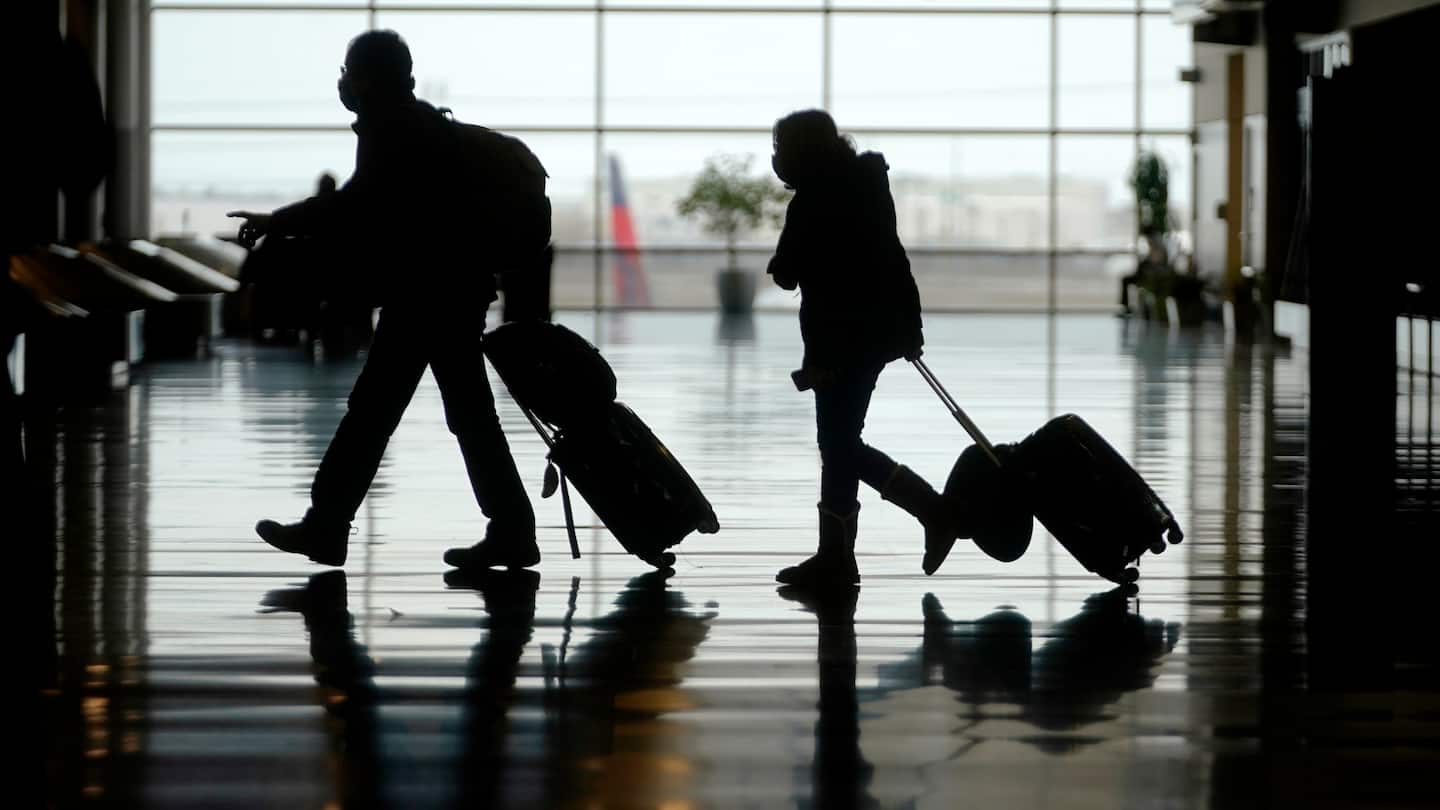Flying is safer than driving, even during the pandemic. These statistics show why.

With the pace of vaccinations increasing and spring break approaching, interest in travel is growing. However, the covid-19 pandemic continues to make travel dangerous. The Centers for Disease Control and Prevention is considering requiring a negative coronavirus test for domestic flights. While staying home is safest, some will choose to risk travel. For those who will go, what is the safest form? In particular, are we better off driving or flying?
Over the past few months, many have argued that, because of the dangers of transmission in the enclosed space of a plane, driving is safer than flying. However, we believe that, at least for Americans under the age of 65 (and almost certainly for those even older), flying is safer than driving. It’s not even close.
The risk of dying of covid-19 contracted on an airplane flight depends on two calculations: the probability of being infected while flying and the probability of dying of covid-19 once you’re infected. We know a lot more about the second number, so we will begin there.
The likelihood of someone under 65 dying of covid-19 is vanishingly small. Calculations from CDC data on confirmed covid cases as of March 11 show the probability of dying for someone under 65 who has contracted the virus is 1 in 257, or about 0.39 percent.
There is reason to believe the actual probabilities are far lower. The CDC estimates that we detect only 1 in every 4.6 coronavirus infections, which reduces the fatality risk for those under 65 to about 1 in 1,200.
This to the first question — how likely is anyone to contract the coronavirus while flying? Although that figure is difficult to estimate precisely, there are reasons to believe it is surely lower — much lower — than 1 percent.
Notably, an analysis led by MIT professor Arnold Barnett, using data from September 2020, found that the likelihood of contracting the coronavirus from another passenger was 1 in 3,900 (or 0.03 percent) for a flight with every seat occupied and about 1 in 6,400 (0.02 percent) for a flight with the middle seats unoccupied. Though new, potentially more transmissible strains of the virus have been discovered since September, it’s unlikely that these new strains would be so much more transmissible as to change our conclusion.
So how does this compare to the risk of driving? We have no data on coronavirus infections being transmitted in cars, but it seems very likely that people taking a road trip together are not strangers, so traveling together would not increase their risk of catching the coronavirus. The big risk of the road trip is a fatal car accident. Fortunately, the likelihood of that occurring is pretty low: On a 500-mile road trip, the risk of dying is about 1.2 in 200,000 (0.0006 percent).
As noted above, the covid-19 mortality risk for people under 65 is about 1 in 1,200. Combine that with the analysis from MIT showing that the likelihood of contracting the virus while flying is, at most, about 1 in 3,900, and it means that the probability of dying of covid that you contracted while flying is less than 1 in 4.7 million. In other words, flying is safer than driving — much safer.
Second, we recognize that air passengers might also be infected in airline terminals and shuttles, but road-trippers have similarly hard-to-quantify risks at rest stops and motels.
Third, well-intentioned regulations such as a testing or vaccination requirement for domestic flights can have unintended consequences. Research that we conducted after 9/11 showed that tightening airport security measures reduced domestic air travel by about 5 percent. One consequence was that by the end of 2002 at least 1,200 additional driving deaths resulted from many Americans choosing to drive rather than fly.
When facing an invisible threat such as covid-19, sometimes we make irrational decisions, such as driving rather than flying, because it gives us the illusion of control. But this can be a deadly illusion.
Read more:






